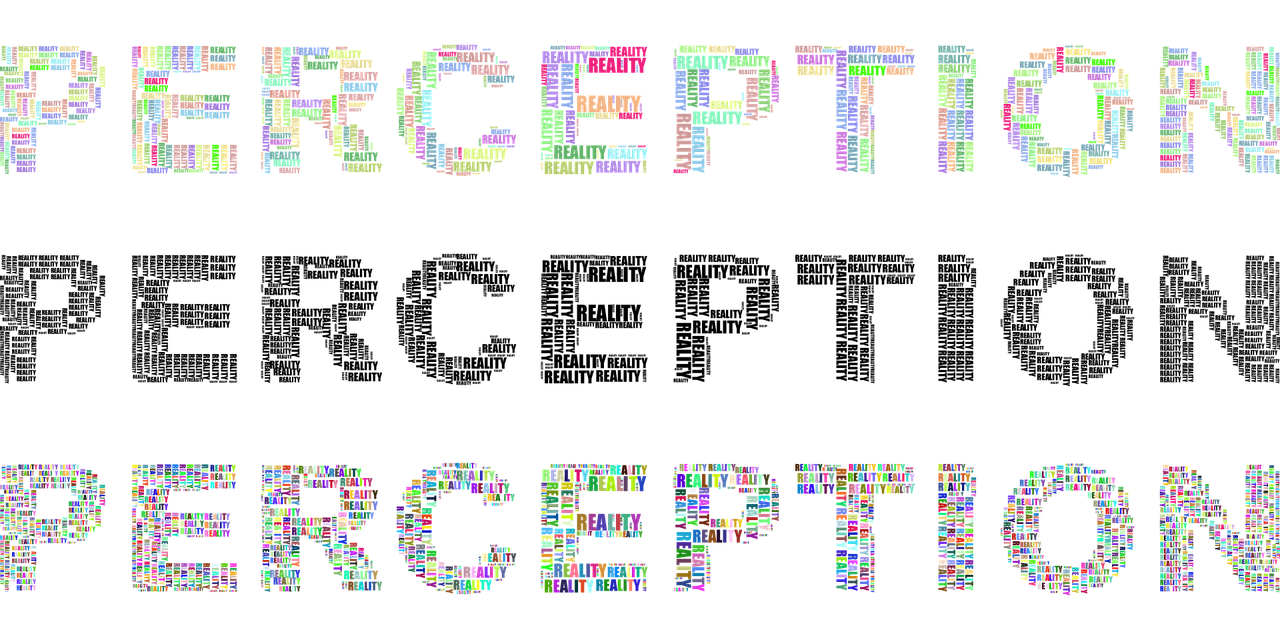
In the world of UX, color and typography are two of the most important elements that can impact the user experience. From influencing emotions to guiding users through a product, the right color and typography can make all the difference. UI/UX designers must constantly leverage their knowledge about these aesthetic decisions when implementing text into a product, website, or mobile app. However, color and typography aren’t only important for designers to consider. Oftentimes UX researchers take a backseat when it comes to visual elements, but it’s important to remember that researchers are almost always presenting their research findings to various stakeholders, including designers. In this blog post, I’ll introduce the impact of color and typography on user experience and how you can consider incorporating some best practices into your user research deliverables.
Color
Color plays a vital role in setting the tone and mood of a product or website. It can evoke a myriad of different emotions, create a sense of familiarity, and even influence decision-making. For example, warm colors such as red, orange, and yellow are often associated with energy, passion, and excitement, while cool colors such as blue and green can convey a sense of calmness, trust, and stability. Psychologically, some colors can even take on different roles in different contexts. For example, while blue can generally convey comfort and relaxation, it is usually perceived as an unnatural color in food. For this reason, it is often avoided in food presentation photography.
Color can also be used to create contrast, highlight important elements, and guide users through a product. For example, a call-to-action button in a contrasting color can draw a user's attention and encourage them to take action. If the color of a link or button is too similar to the surrounding element colors or the background, users will likely overlook the ability to interact. That being said, red buttons often signify a cancellation action, so contrast is not the only thing that should be taken into consideration when choosing a button color. It is important to stay in line with user expectations and mental models to curate a seamless and intuitive user experience. Overall, color can help to organize information and create a hierarchy of importance, making it easier for users to navigate a product and understand prioritization.
However, it is important to note that the impact of color can vary based on cultural and personal preferences. What may be perceived as a positive or negative color in one culture may have a completely different meaning in another. One example is white - it is associated with cleanliness and simplicity in Western cultures but can be considered a bold statement color in Eastern cultures. This is why it is important for researchers to work cross-functionally and understand their target audience, then choose colors accordingly.
Typography
Typography refers to the style, size, and arrangement of text on a product or website. It plays a crucial role in ensuring readability and creating a visually appealing design. The right typography can make a product more engaging, easier to navigate, and can even strike a certain branding atmosphere. On the other hand, poor typography can make content difficult to read and lead to frustration for users.
One of the most important factors in typography is readability and accessibility. UX designers need to choose a font that is easy to read, with sufficient spacing between letters and words. Additionally, they need to ensure that the font size is appropriate for the device being used, whether a desktop computer or a mobile device. While stylization can be creatively leveraged to make a statement, its impact can be completely lost if the intended audience is unable to read the text due to poor legibility. Furthermore, more complicated cursive fonts can be difficult for global audiences to decipher.
Typography can also be used to create a hierarchy of information, making it easier for users to navigate. For example, larger font sizes can be used to highlight headings and subheadings, while smaller font sizes can be used for body text. When it comes to stylization, bolding and underlining text is a universal way to bring attention to selected words or phases. Depending on the greater context of the design, an italicizing font can also be used to emphasize or de-emphasize certain text.
Another important aspect of typography is consistency. A consistent typography style throughout a product or website can create a sense of familiarity and make it easier for users to navigate. With strong enough branding, a consistent style can even become an immediately recognizable trademark for a company.
While a UX researcher’s job primarily is to uncover user insights to inform strategy, it is crucial to convey those user findings in an effective and meaningful way. Color and typography are two critical elements in creating an engaging user experience when presenting to stakeholders. By choosing the right colors and typography style, UX researchers can create a visually appealing design that guides clients and stakeholders through a long deck of research findings. When done well, it can also add an element of functional creativity and make your presentation more memorable. Contact a UX professional at Key Lime Interactive to find out more about how you can visually optimize your deliverables.










Comments
Add Comment